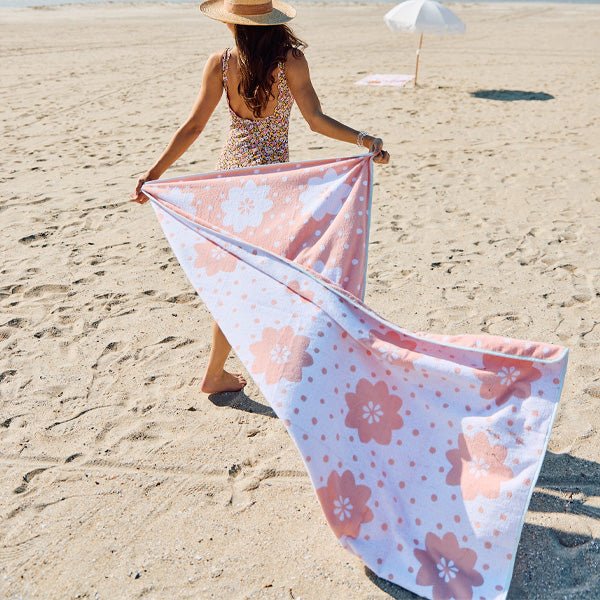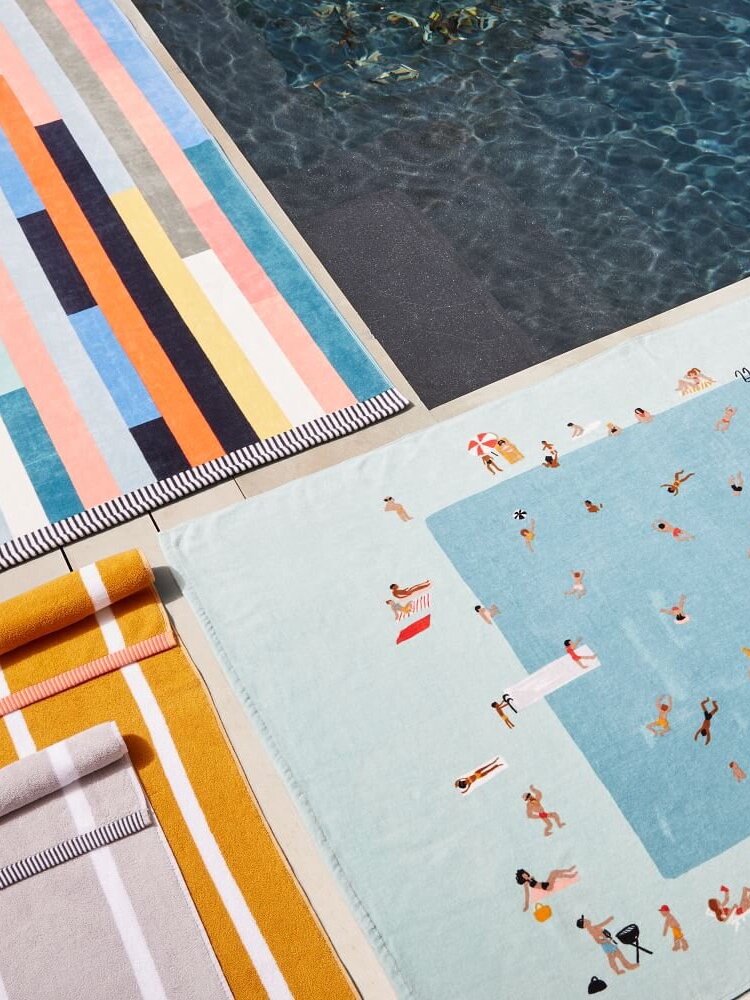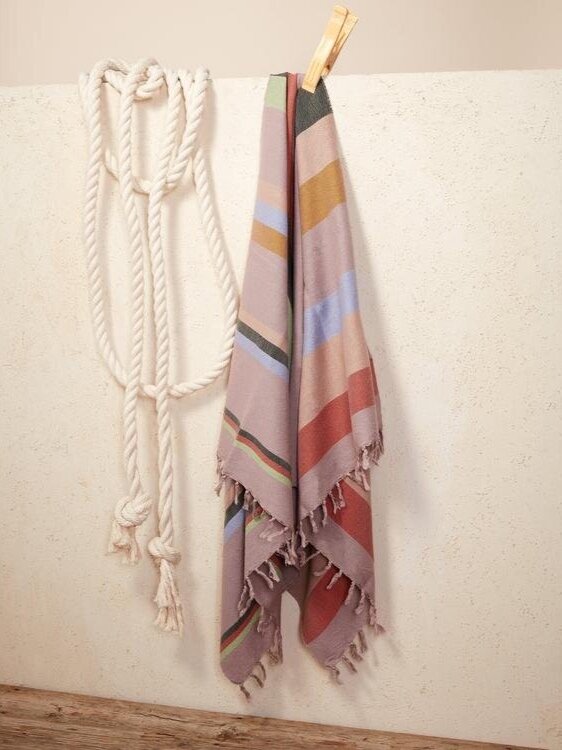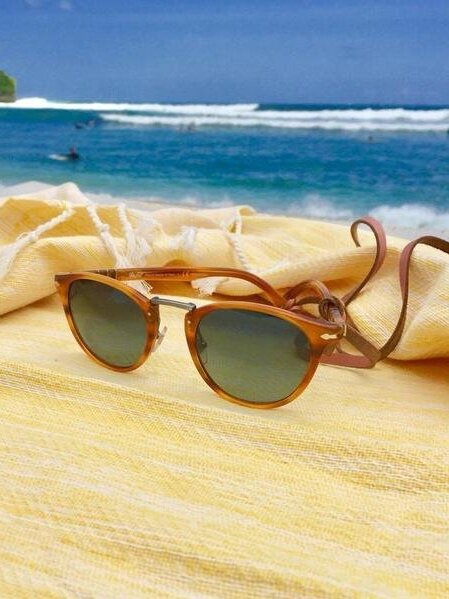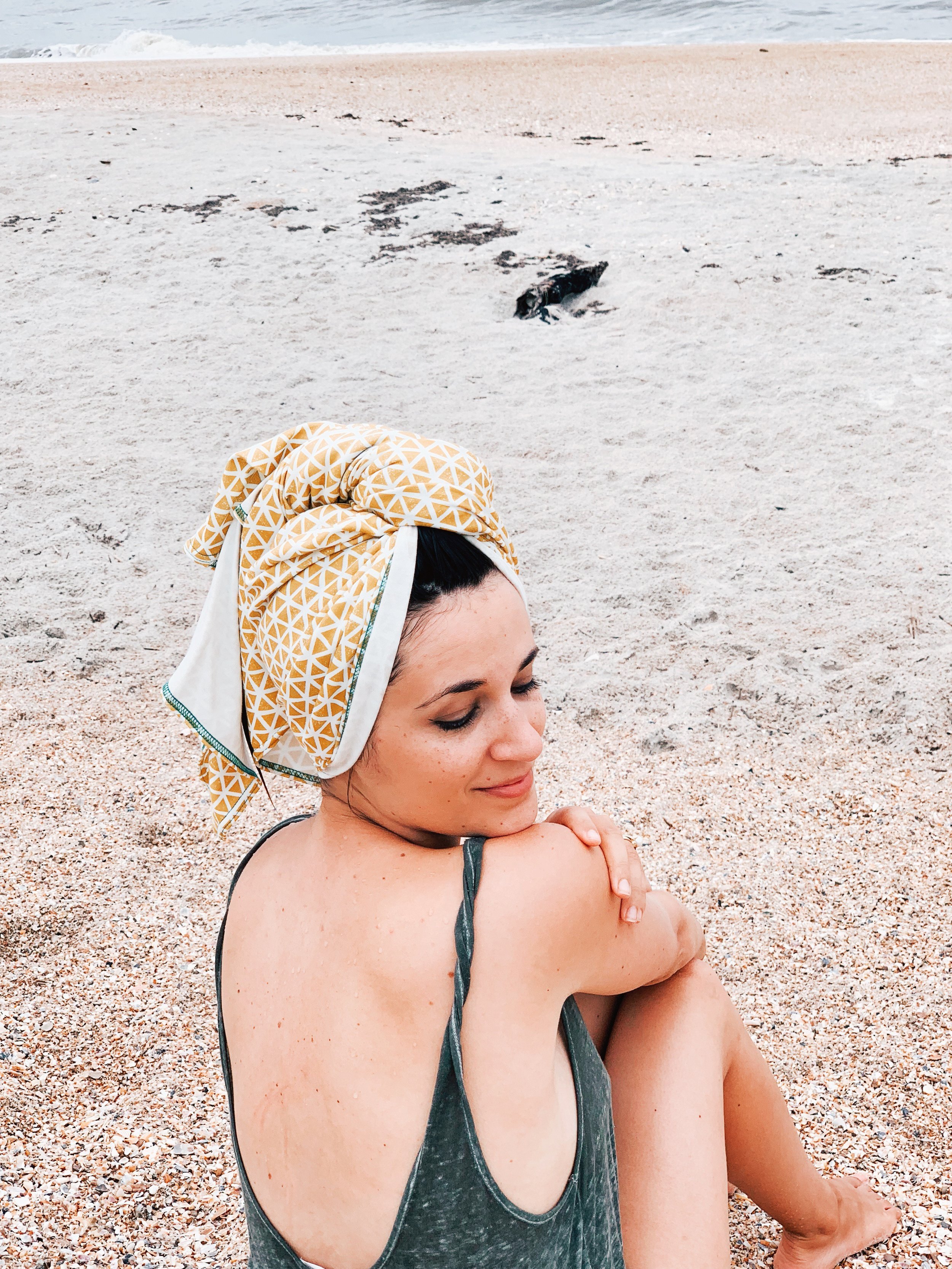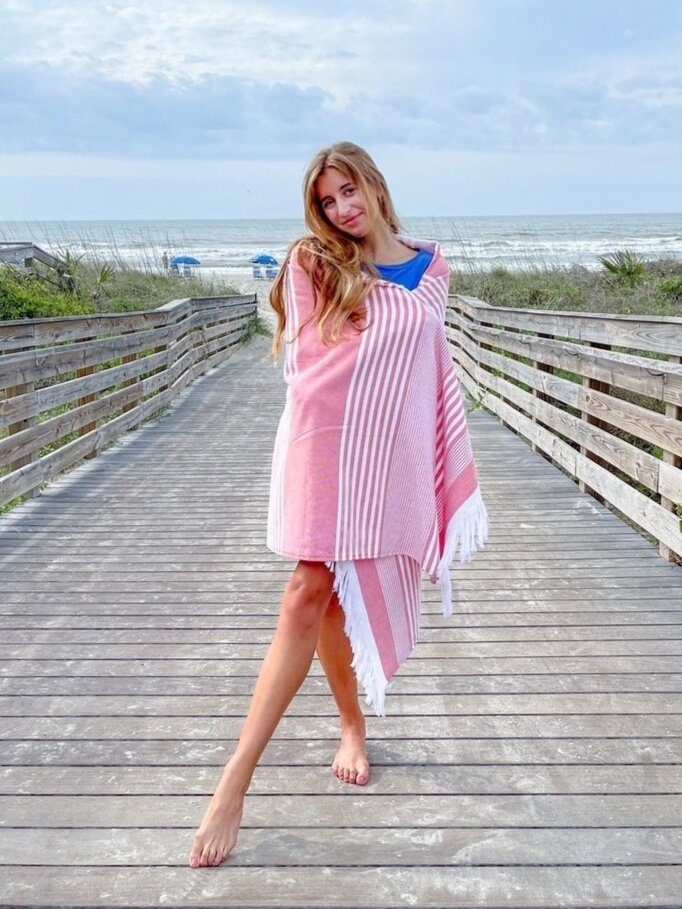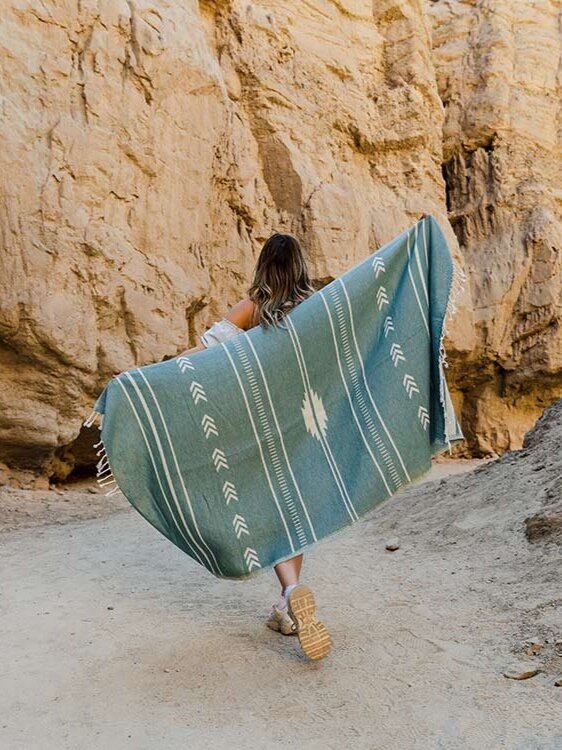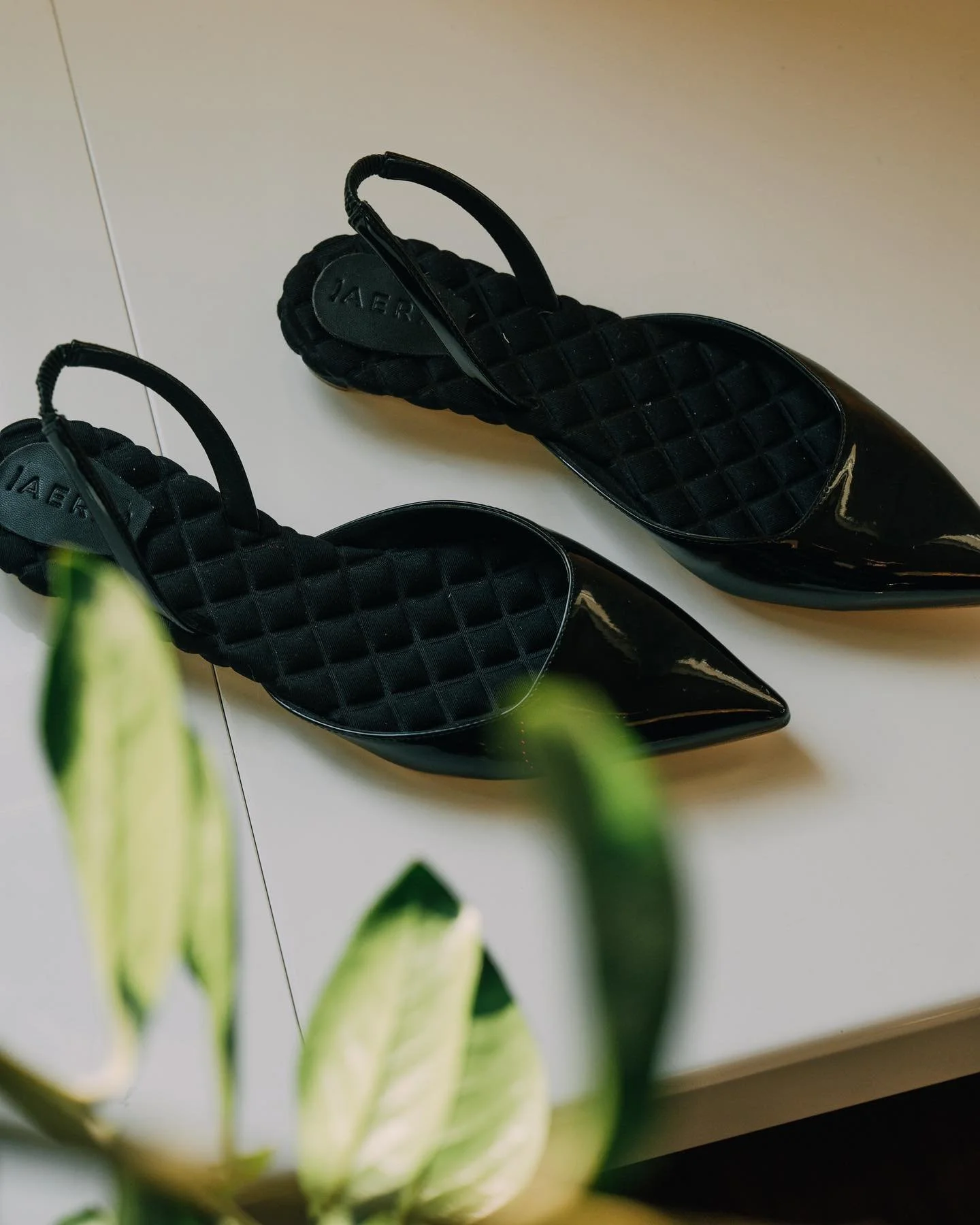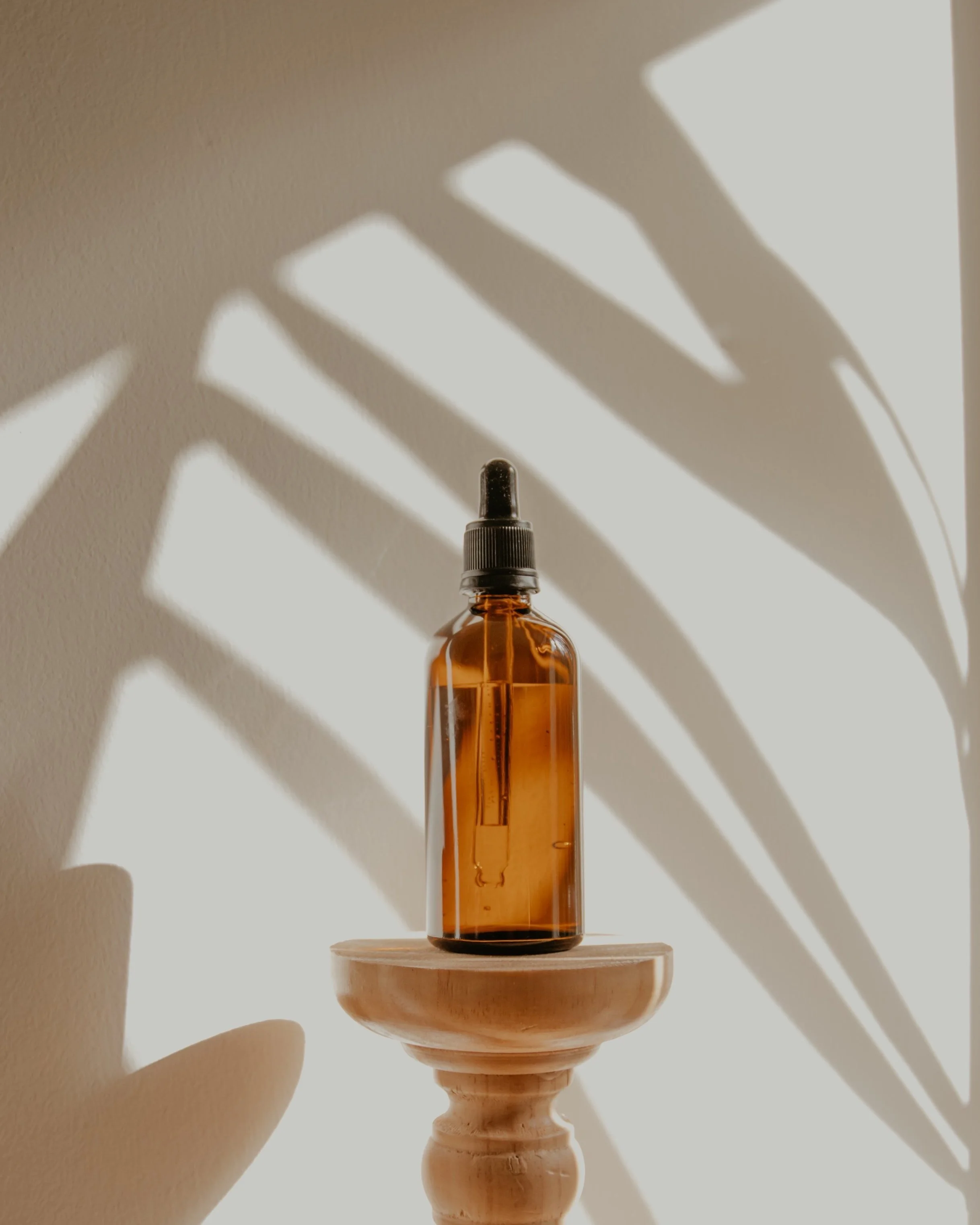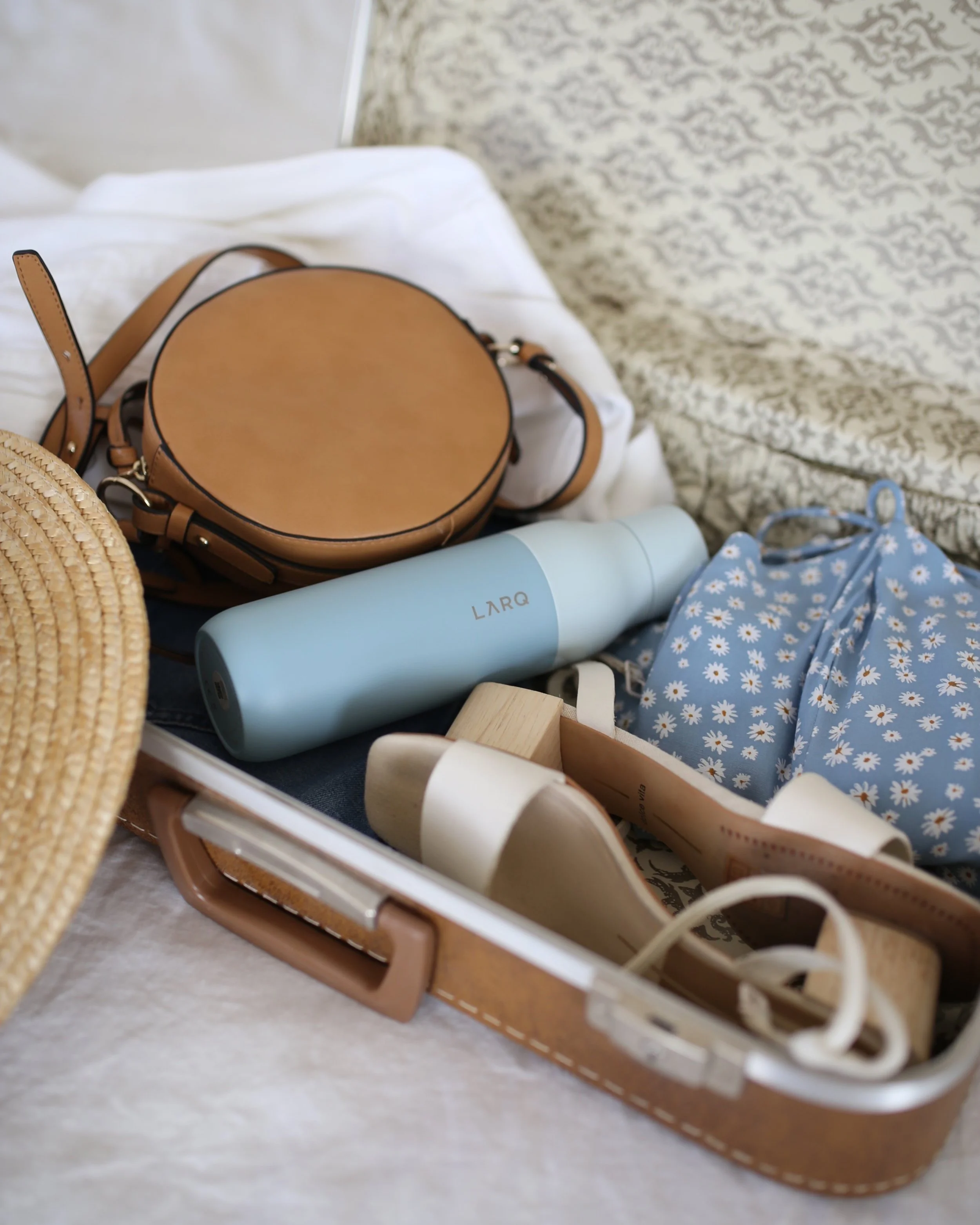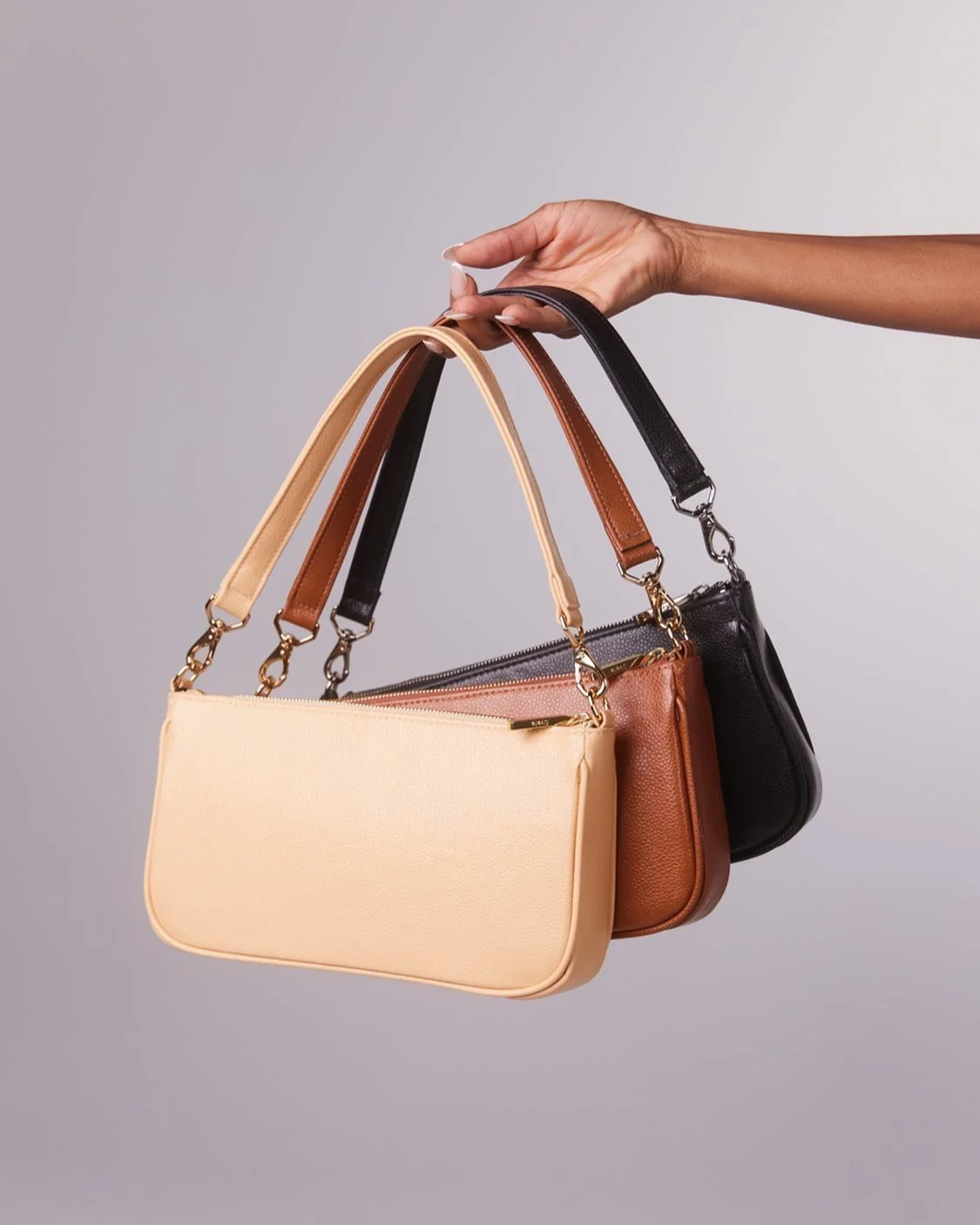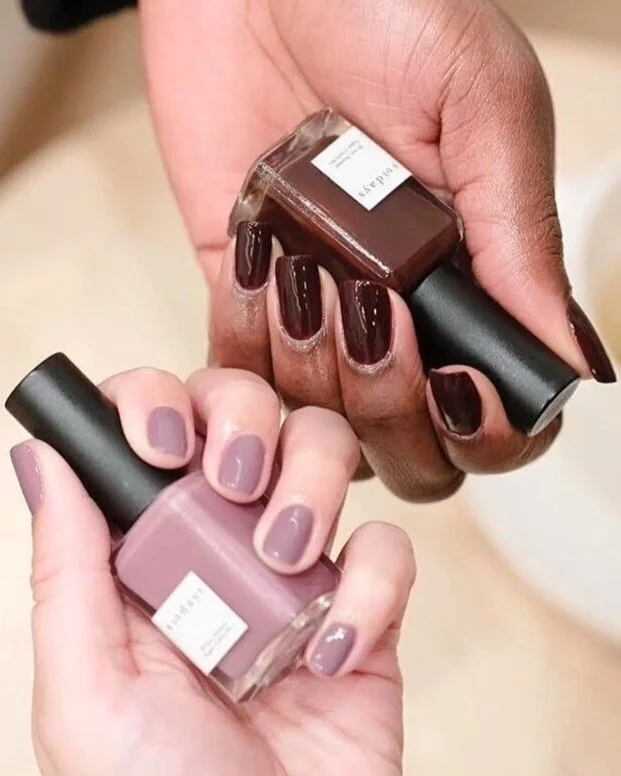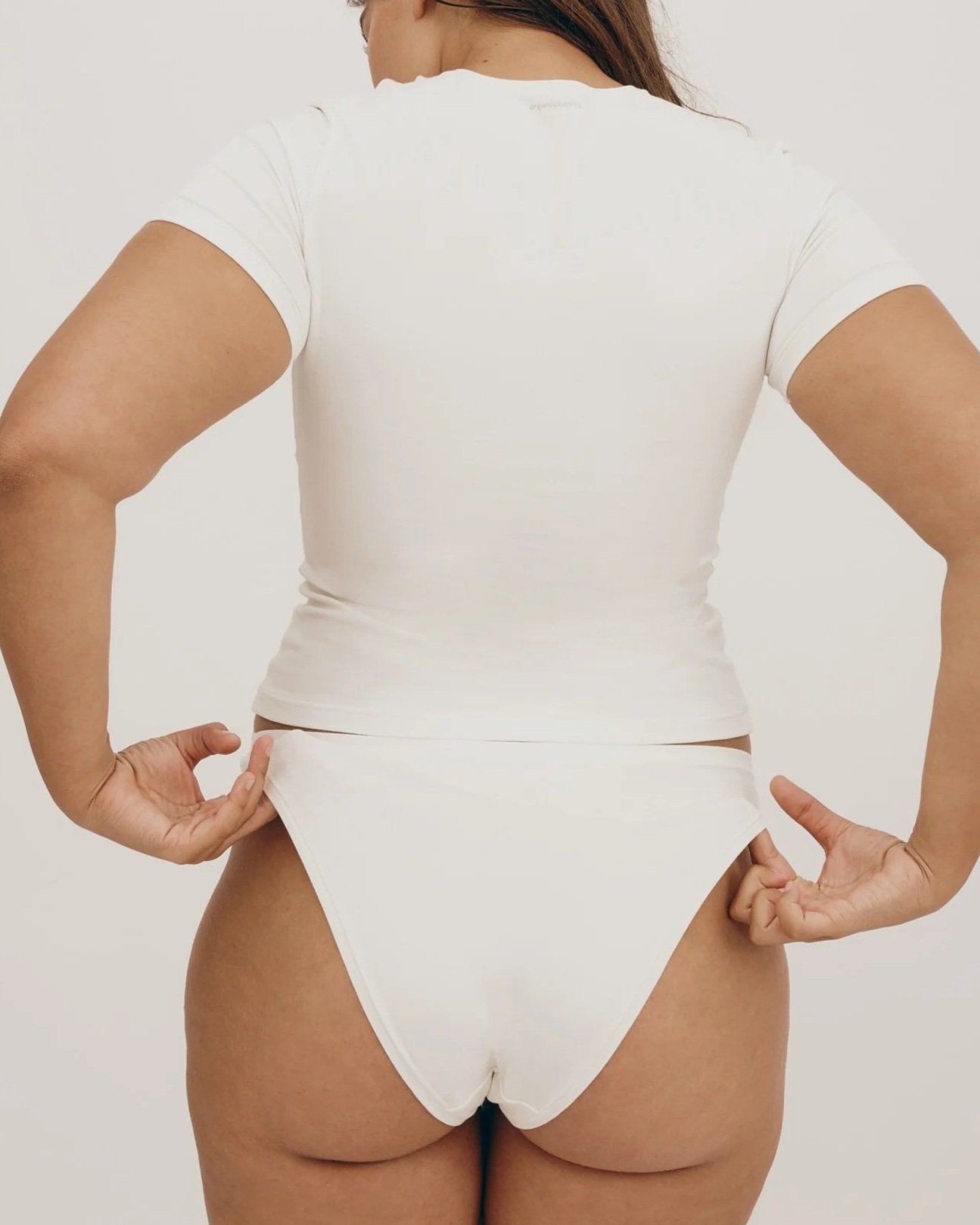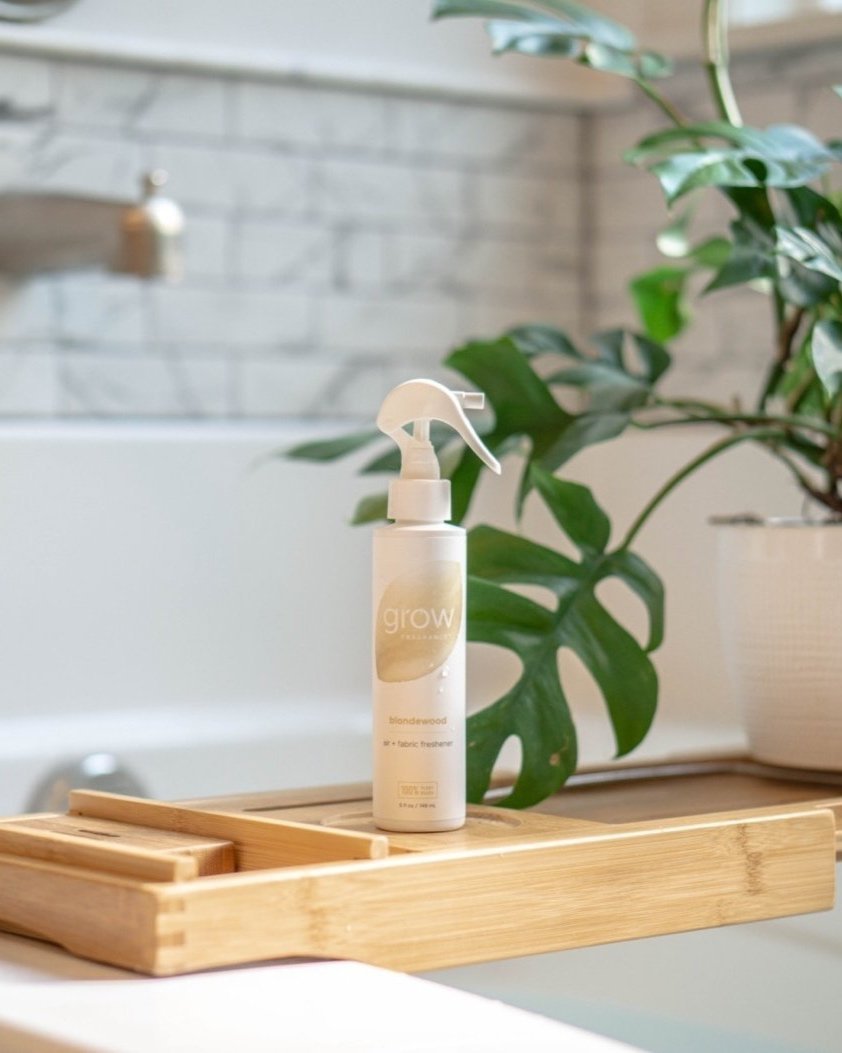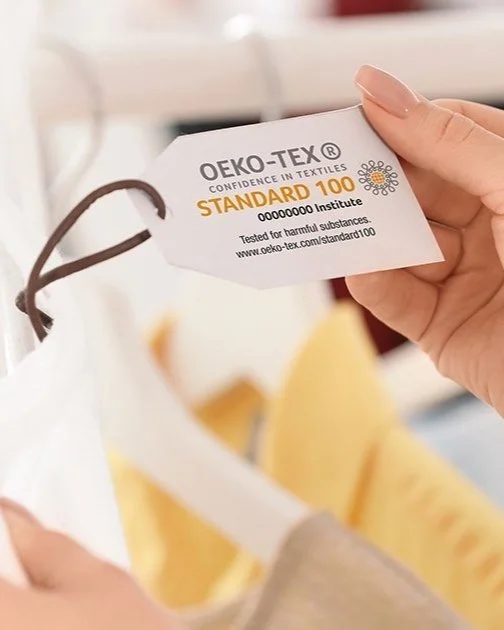image: Weezie
Disclosure: Some of the links below are affiliated; we may earn a small commission if you click through and make a purchase. We only ever add brands & products we truly believe in. Thank you for supporting the brands who are making the world a better place!
The Best Eco-Friendly, Sustainable & Organic Beach Towels
It’s about that time when we start thinking about sunny beach trips and packing our bags for some much-needed ocean time. While I’ve always been one to grab a towel out of our bathroom, it is nice to have a designated beach towel you can lay out comfortably on. This list has brands committed to better materials and ethical production - and make super cute beach towels that dry quickly and pack easy!
Why Choose an Organic Cotton Beach Towel
Whenever you are venturing out into nature, it’s always important to take care of your surroundings, so why not think about the things you purchase for your outdoor lifestyle?
Besides organic cotton being ultra-absorbent and cozy for Long Beach days, it is also grown without the use of synthetic pesticides and herbicides. Organic cotton crops can be sprayed with Bacillus thuringiensis (Bt) natural proteins to protect them from insect infestation and crop destruction, but not with the cocktail of toxic chemicals often sprayed over conventional cotton crops. This not only helps to protect farmers, but the environment, too. Eutrophication occurs when water is overly enriched with nutrients, often due to fertilizers, pesticides and herbicides, which can result in dead-zones in water, where life struggles to persist.
However, not all organic cotton is created equal - while still a better choice than conventional - you can learn more about the issues regarding the fabric here. Also, make sure to look out for GOTS Certified or OEKO-TEX® certified when shopping organic cotton products.
Other Sustainable Fabrics for Beach Towels
If you are looking for more of a performance beach towel - particularly one that can shake off sand easily - then towels made from recycled plastic would be better suited for you and your needs. We have two brands listed in this post that offer microfiber towels, which are very absorbent and do not attract sticking sand. However, microplastics are always an issue with microfiber fabrics, so make sure to use a Guppy Bag when washing them to avoid microplastics from entering our waterways.
Our Top Picks for Sustainable Beach Towels:
1) Coyuchi
Price | $98-108
Material | Organic Cotton
An excellent choice for a Turkish towel, Coyuchi’s flatweave Mediterranean set features a beach towel size in five different colors.
They are woven from yarn-dyed organic cotton and come with the signature hand-knotted fringe.
The cotton is grown and woven in the Aegean region of Turkey, and it is GOTS (a great certification) + Made Safe Certified.
2) West Elm
Price | $35-80
Material | Organic Cotton
I am loving the Pool Scene beach towel pictured here. Too cute! West Elm always has something fun to add to these lists, and their prices can (sometimes) be a bit more affordable.
Their organic cotton is GOTS certified, and they have Turkish-style towels as well as Terry depending on your preference. While I love supporting smaller brands more, this is still a good option.
3) Minna
Price | $98
Material | Cotton
I’ve always thought this brand made such beautiful textiles! MINNA uses traditional craft techniques to produce ethical goods with a contemporary aesthetic.
For example, their new colorful beach towels are handwoven in partnership with weavers in Nahualá, Guatemala - and the cotton used in their products is colored with natural dyes or toxin-free synthetic dyes!
4) Pottery Barn
Price | $30-50
Material | Organic Cotton
Another popular organic cotton beach towel, Pottery Barn is known for its classic stripes and customizable options. The awning-stripe design lets you choose your color, and the monogram option offers a personal touch. It’s that perfect timeless, preppy poolside vibe!
Their organic cotton is also OEKO-TEX & GOTS Certified. We also linked up their ‘sustainably sourced’ towels for easy shopping.
5) Hilana
Price | $40-55
Material | Upcycled Cotton
This is a unique towel because it uses 50% of its threads with regenerated cotton making it a more low-waste product. They are traditional flat-woven Turkish peshtemal and crafted by artisans in Turkey. Hilana is a B Corp Certified company creating sustainably made towels, throws, shawls, tablecloths & bathrobes that are soft & absorbent.
use code SUSTAINABLYCHIC for $20 off your first order of $150+ at madetrade.com
6) Sunrise Bliss
Price |$28-38
Material | Organic Cotton
The perfect hair towel…
Each towel is made from GOTS Certified Organic Cotton with low impact dyes and washes very well. It's a very soft, t-shirt-type fabric with excellent stretch retention. Plus, they are made right in the US (New York) and come in various cute colors and prints! I've used these towels for my hair for years - always right after I wash it or after swimming in the ocean or pool. They are a must-have for my long, wet hair!!
7) QuiQuattro
Price | $40-$85
Material | Authentic Turkish Cotton
All of the towels from this Ohio-based, woman-owned business are made be women artisans in Turkey (right where the cotton is grown and harvested!). I love how these lightweight towels can actually double as a beach or bath towel… or even a picnic blanket! They’re available in a variety of different colors, patterns, and designs—whether you’re looking for something fun and colorful or something more neutral and timeless. This is an especially great option for travel, since these towels won’t take up a ton of space in your suitcase!
8) Affina
Price | $59.95
Material | Organic Cotton
Inspired by our coral reefs, Affina's Seaweaves™ colorful beach towel collection is woven from natural brain coral and sea fan patterns.
These luxuriously oversized towels are made from 100% organic cotton using low-impact, fiber-reactive dyes and are Standard 100 by Oeko-Tex® and GOTS certified.
9) Weezie
Price | $78+
Material | Organic Cotton
These luxurious, oversized beach towels are plush, and the cotton is cut close to avoid picking up extra sand when sitting at the beach.
They are made in Portugal with 100% organic long-staple cotton, and are hypoallergenic, low linting and OEKO-TEX® certified.
You can also monogram or have a personalized embroidery on these towels!
10) Finisterre
Price | $75+
Material | Organic Cotton
A little different than your classic beach towel, Finisterre offers a range of toweling changing robes, perfect for drying off after your adventure.
Their Vean Changing Robe is made from super-soft GOTS Certified organic cotton toweling fabric. This robe is perfect for any beach-goer, swimmer, and surfer who doesn’t want a towel malfunctioning and can instantly throw this on over their swimsuit and change.
11) Delilah Home
Price | $40
Material | Organic Cotton
These soft beach and pool towels are European-crafted and made of 100% GOTS-certified organic Turkish cotton. The extra-long loops make the towels highly absorbent, soft, and up to 50% thicker than most other towels.
Plus, they’re responsibly made in a family-run factory in Portugal using state-of-the-art machinery and higher than Fair Trade wages.
12) Sand Cloud
Price | $48-70
Material | Organic Cotton
If you are looking for some extra-large beach towels, this is your place!
Sand Cloud creates sand-resistant towels that dry 3xs faster than a conventional cotton beach towel. They have lots of fun prints and colors, too.
When you purchase one of their towels, you help preserve our marine life, with 10% of their profits going towards marine conservation.
MAKE SURE TO PIN THE PHOTO BELOW TO SAVE THIS POST FOR LATER!
WANT MORE SUSTAINABLE BRANDS? VISIT OUR BRAND DIRECTORY!
Our Brand Directory is home to hundreds of sustainable brands, from makeup to cleaning supplies, from underwear to shoes. We have broken everything down by category for easy shopping, along with discount codes unique to Sustainably Chic viewers.

